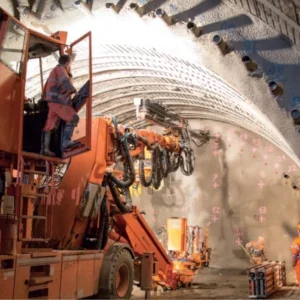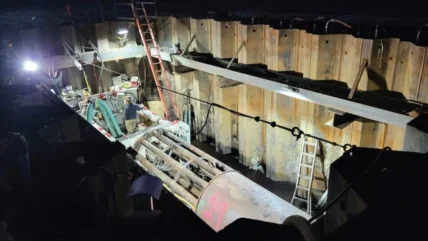
INTRODUCTION
Two tunneling projects involving water conveyance for different purposes and in very different settings are described below.
First, in Virginia, horizontal direct drilling (HDD) from opposite ends of a tunnel was used to install a major new pipeline needed for groundwater replenishment at the Potomac Aquifer. The project will make groundwater supplies more sustainable as well as deal with difficulties around subsidence and saltwater ingress.
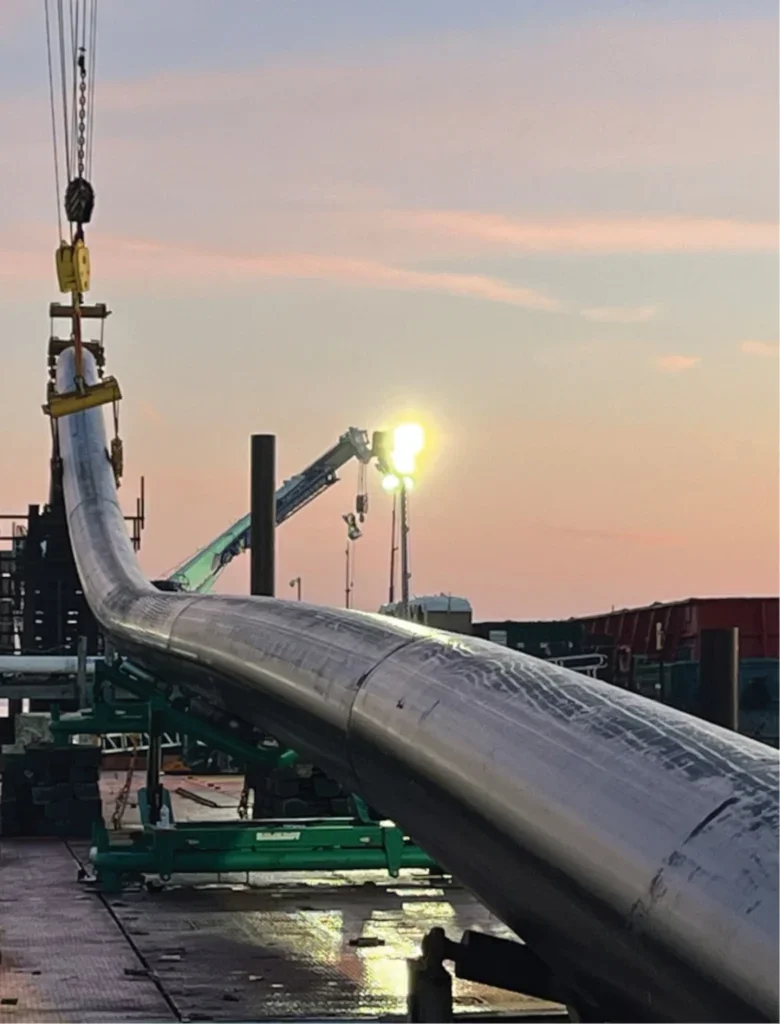
Second, at Bismarck Airport, North Dakota, a program of trenchless tunneling is underway that will improve stormwater drainage in areas adjacent to aircraft movement areas. The new drainage regime will also reduce bird strike hazards at migration time, happening as snow melts.
HDD PIPELINE FOR GROUNDWATER RECHARGE
In eastern Virginia, groundwater is being used at rates faster than it can be replaced, leading to a variety of problems beyond supply issues.
Hampton Roads Sanitation District (HRSD) has embarked on an innovative program – the Sustainable Water Initiative for Tomorrow (SWIFT) – to ensure a more sustainable source of groundwater as well as reduce the rate of land subsidence and saltwater infiltration.
The program will enhancing the reliability of longterm water supply of Hampton Roads. In addition to replenishing the aquifer, the SWIFT program is projected to eliminate up to 90 percent of the District’s discharge to local waters, which also means reduction in nutrient load and so help to protect the environment of Chesapeake Bay.
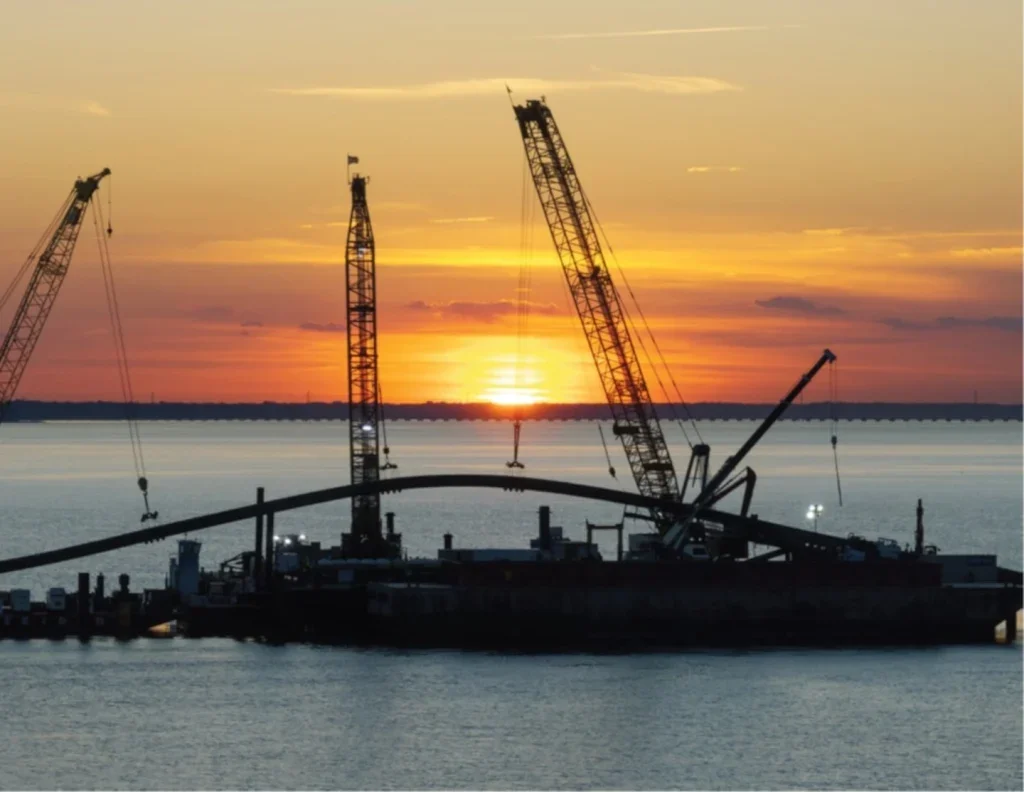
The project involves expanding the existing Nansemond Treatment Plant in Suffolk and rerouting wastewater from the decommissioned Boat Harbor Treatment Plant in Newport News to the Nansemond Plant.
There, the wastewater will be highly treated to meet drinking water quality standards and discharged to the James River, while a portion of the highly treated wastewater will undergo further treatment and be added to the Potomac Aquifer to replenish groundwater.
To accomplish this, a 4.5-mile, 42-inch to 54-inch diameter high-density polyethylene (HDPE) pipeline was constructed, including 1.1 miles of horizontal directional drilled pipeline beneath the active 55-ft deep Newport News Shipping Channel.
This engineering achievement set a world record for the longest pullback of a 42-inch HDPE pipe using horizontal directional drilling (HDD).
The Design-Build team – comprising Garney Construction and Dewberry Engineers with Brierley Associates, Huxted Trenchless, and Brownline USA – was engaged by HRSD to design and build this force main which includes short sections on land at both shorelines.
Located close to the mouth of the James River where it drains into the Chesapeake Bay, the soils underlying the river in this area are geologically recent, poorly consolidated and very soft marine sediments that provide minimal strength and pipeline support. Accurate characterization of the subsurface materials was therefore critical for assessing optimal burial depth, pipeline support, and marine installation methodologies.
Given the pipeline length, the required tolerances, and the operational constraints of the drills, the project team employed an approach utilizing two drills starting at opposite ends, 5,700-ft apart.
Each drill created its own pilot hole, eventually meeting nose-to-nose deep underground to form a continuous bore path.
To facilitate HDD operations, the James River Crossing team built a large platform in the river, constructed using 36-inch steel piles driven deep into the riverbed. The platform serves as one of two entry points for the force main. The other was built on the north shore of the river.
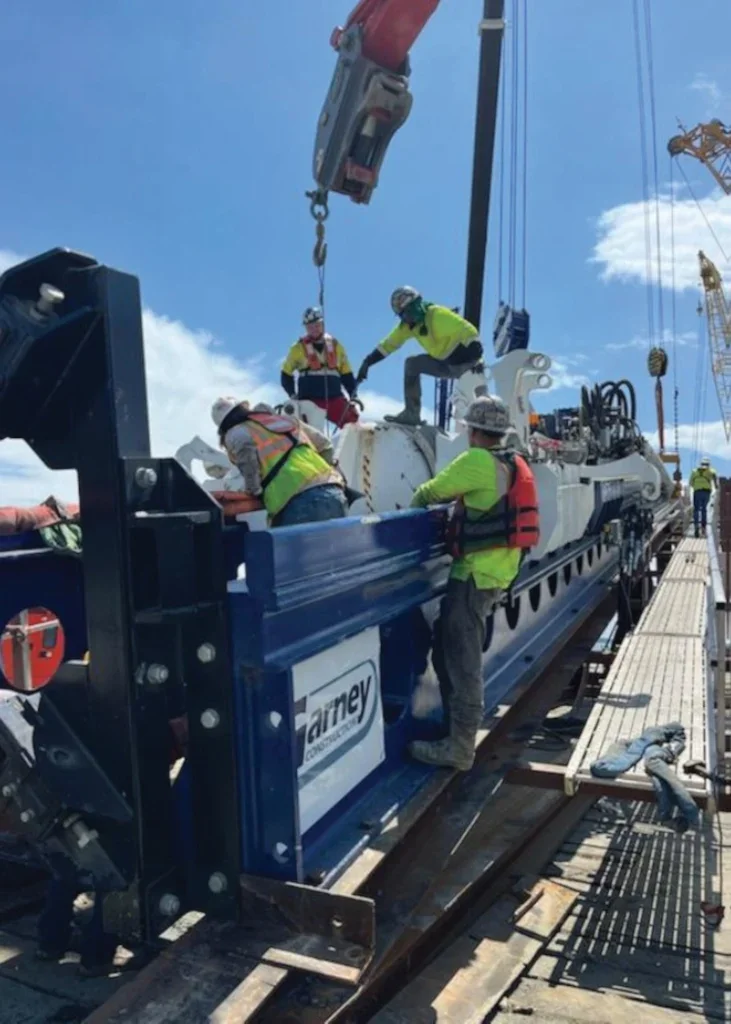
Geotechnical studies provided critical inputs to the transition between the onshore trenched portion of the pipe and the HDD component as well as geotechnical parameters key to HDD design, including pipe buckling, pipe pullback forces, and hydrofracture assessment.
Construction officially began in September 2023, starting with work on the north shore portion. The project team completed the record-breaking pipe installation on May 2, 2024, after nearly 24 hours of continuous pipe pullback operations.
As additional phases of the SWIFT project are under construction.
The SWIFT Research Center is now open and replenishing the Potomac Aquifer with up to one million gallons of drinking water quality, SWIFT Water, daily.
TRENCHLESS CONSTRUCTION FOR STORMWATER DRAINAGE
At Bismarck Airport, ND, a multi-year program is underway with the overall objective of promoting drainage of stormwater away from aircraft movement areas.
Within the Bismark airport property are wetland areas that hold large amounts of surface water creating a risk to the public when the snow melts and it coincides with waterfowl migrating North.
The project aims to improve the airport infrastructure by reducing the risk of wildlife entering the airspace and runways by conveying water off property.
Bismarck Airport has received over $20 million in federal grants since 2014 for storm drainage improvements. The drainage solution needs to convey the water as quickly and efficiently as possible to Apple Creek, located approximately 1500-ft away from airport operations.
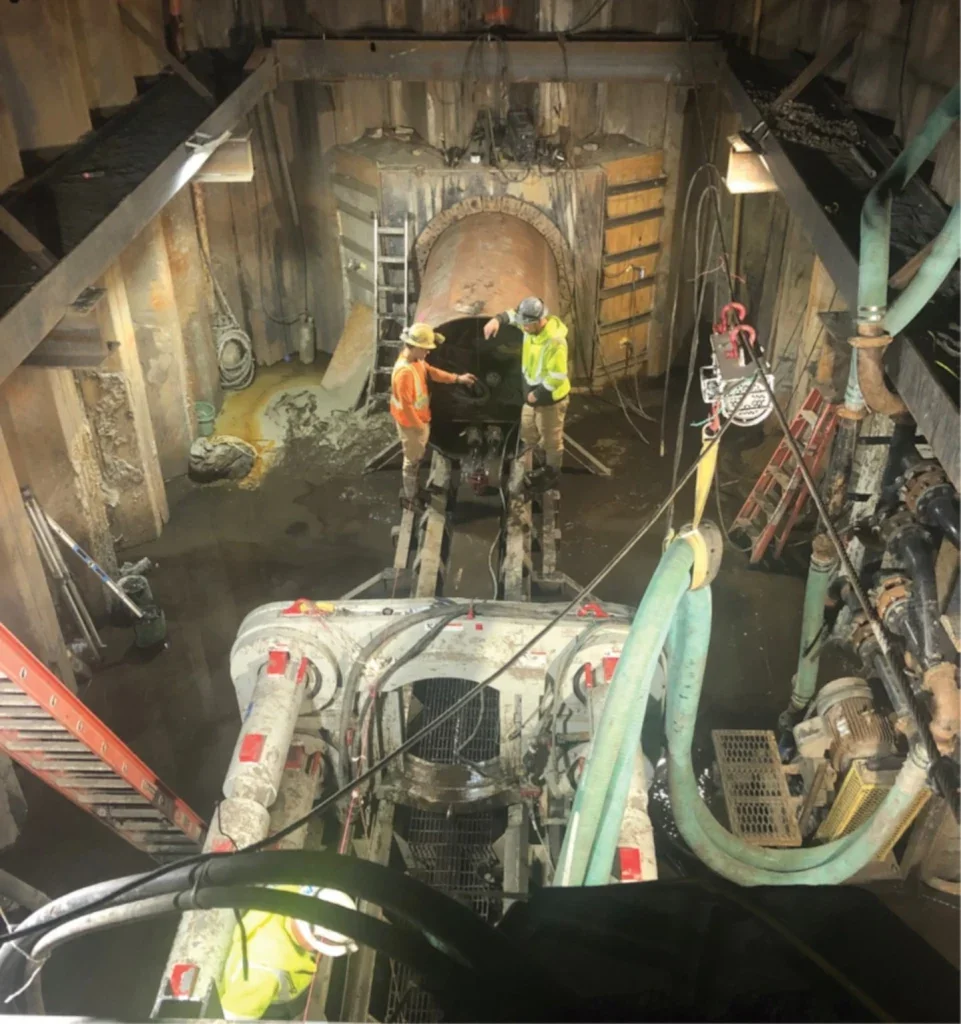
KLJ Engineering and Brierley Associates have been working alongside Bismarck Airport since 2019 on the initiatives.
The services provide the trenchless design and construction engineering needed to install new stormwater collection structures and conveyances beneath existing taxiways, runways and roads without disruption to airport operations.
An assessment of stormwater management options identified nine separate locations where underground works were best undertaken for the program.
The nine locations ranged from 75-ft to 750-ft in length and from 8-inch to 42-inch diameter where new stormwater infrastructure would cross beneath existing aircraft movement areas. Six of the crossings contain two separate parallel pipe installations ranging from 75-ft to 141-ft in length and from 8-inch to 36-inch diameter.
Given the site constraints and ground conditions consisting of granular and cohesive terrace deposits with high groundwater, Pilot Tube Auger Bore (PTAB) and microtunneling were utilized.
Aside from active airport operations, harsh weather, high groundwater and, small elevation changes throughout the site challenged the design and construction teams to maintain tight tolerances which forced many trenchless installations to be within 1-inch of design grade.
To allow construction flexibility, a mixture of watertight shafts consisting of steel sheeting with wale frames and slide rail shoring with de-watering are being utilized.
The team of trenchless specialists have worked closely with the General Contractors on the project, KLE Construction and Weisz & Sons, and trenchless subcontractors, Iowa Trenchless and Super Excavators, to successfully install the new stormwater assets without disruptions to the busy operations at Bismark Airport.
Work is continuing on the design of the remaining trenchless construction for Phase 9 with anticipated construction to take place in 2026 or 2027.




